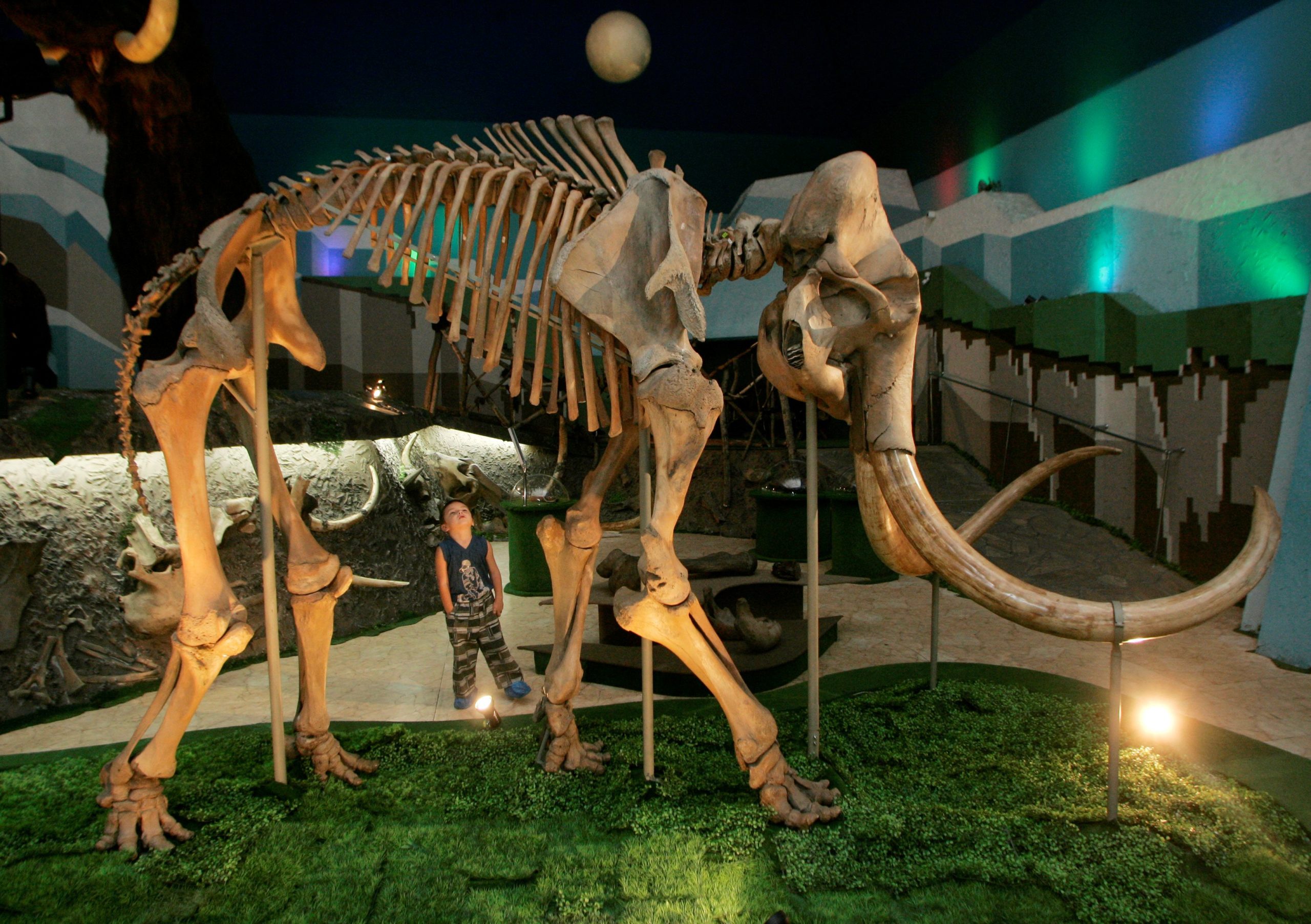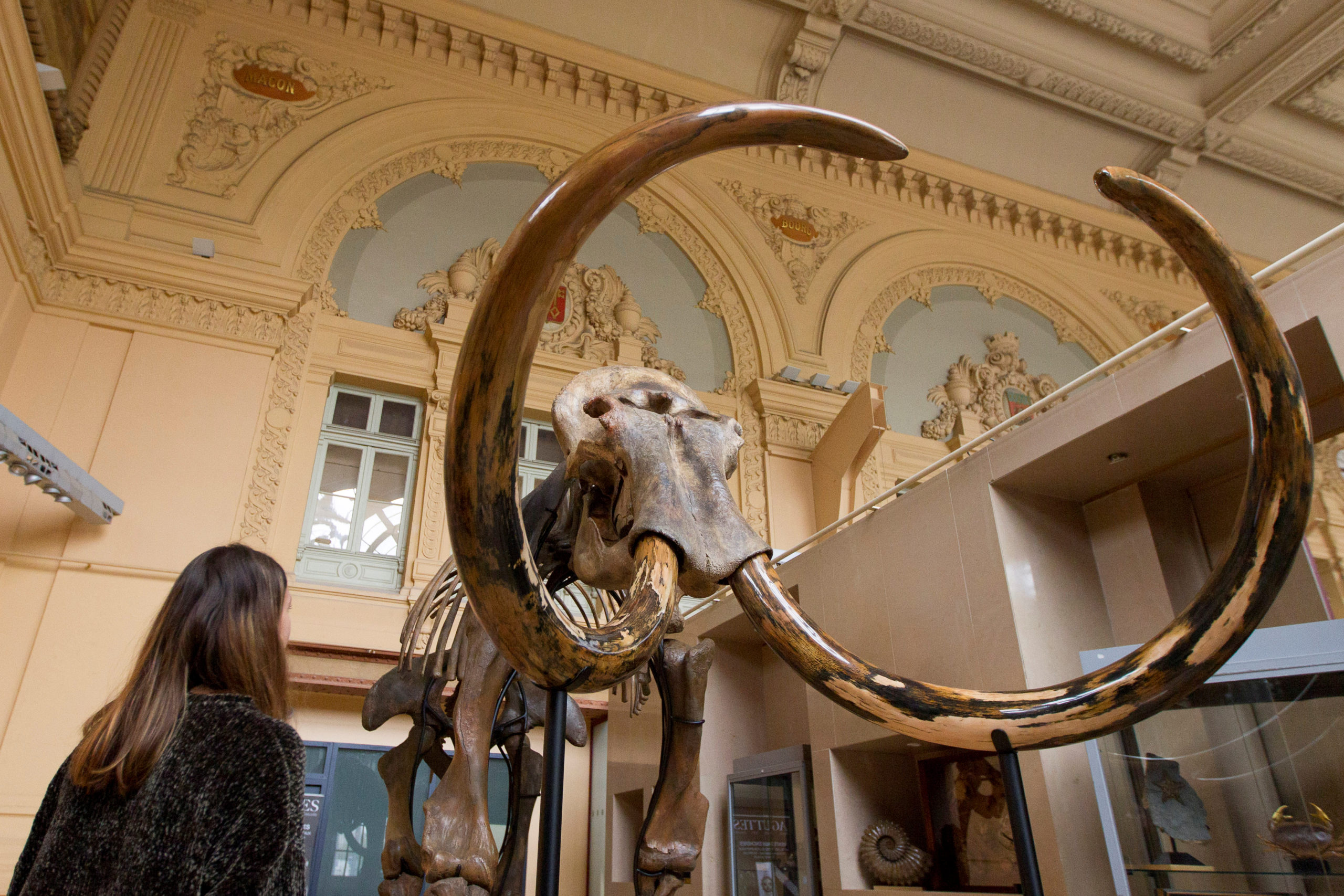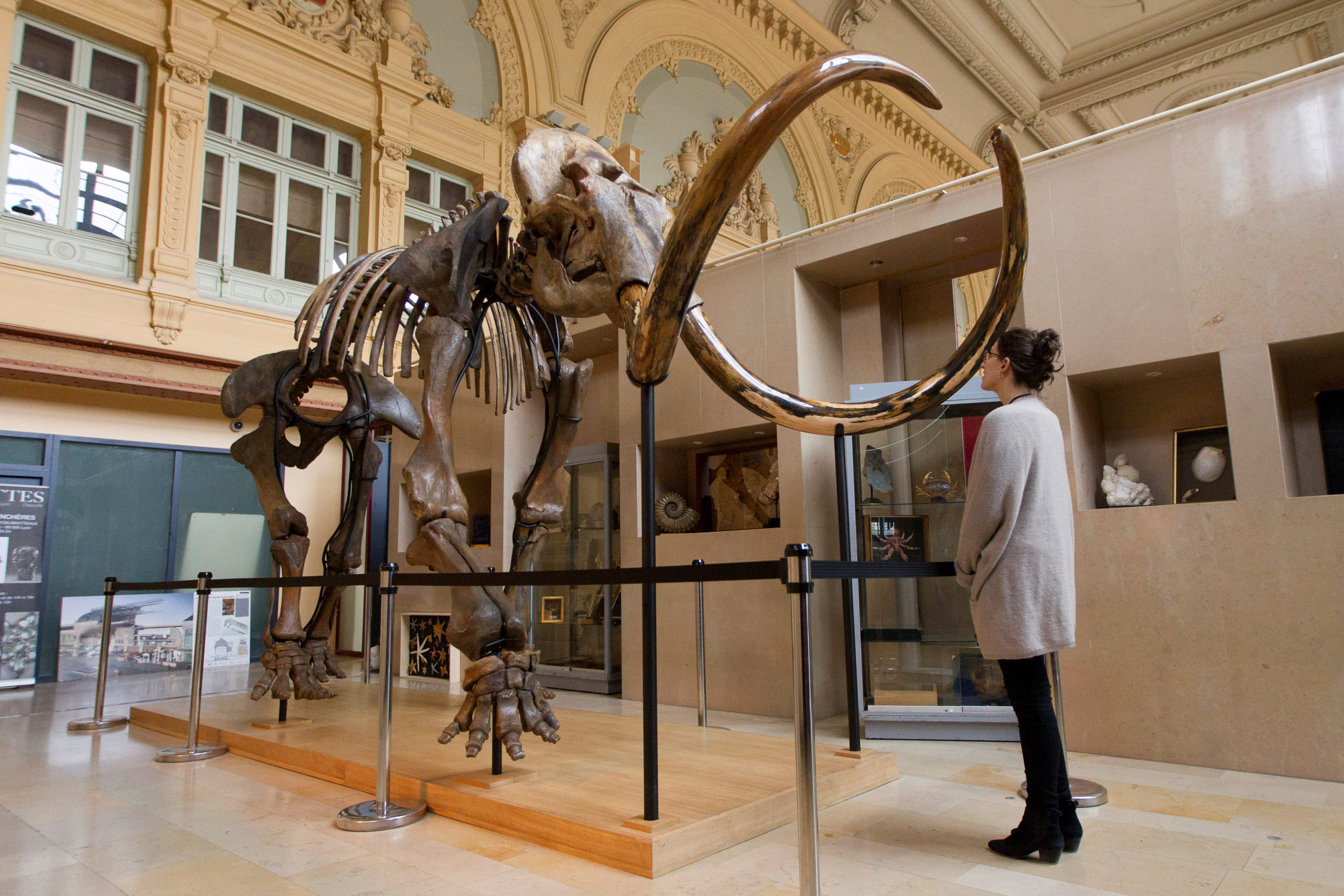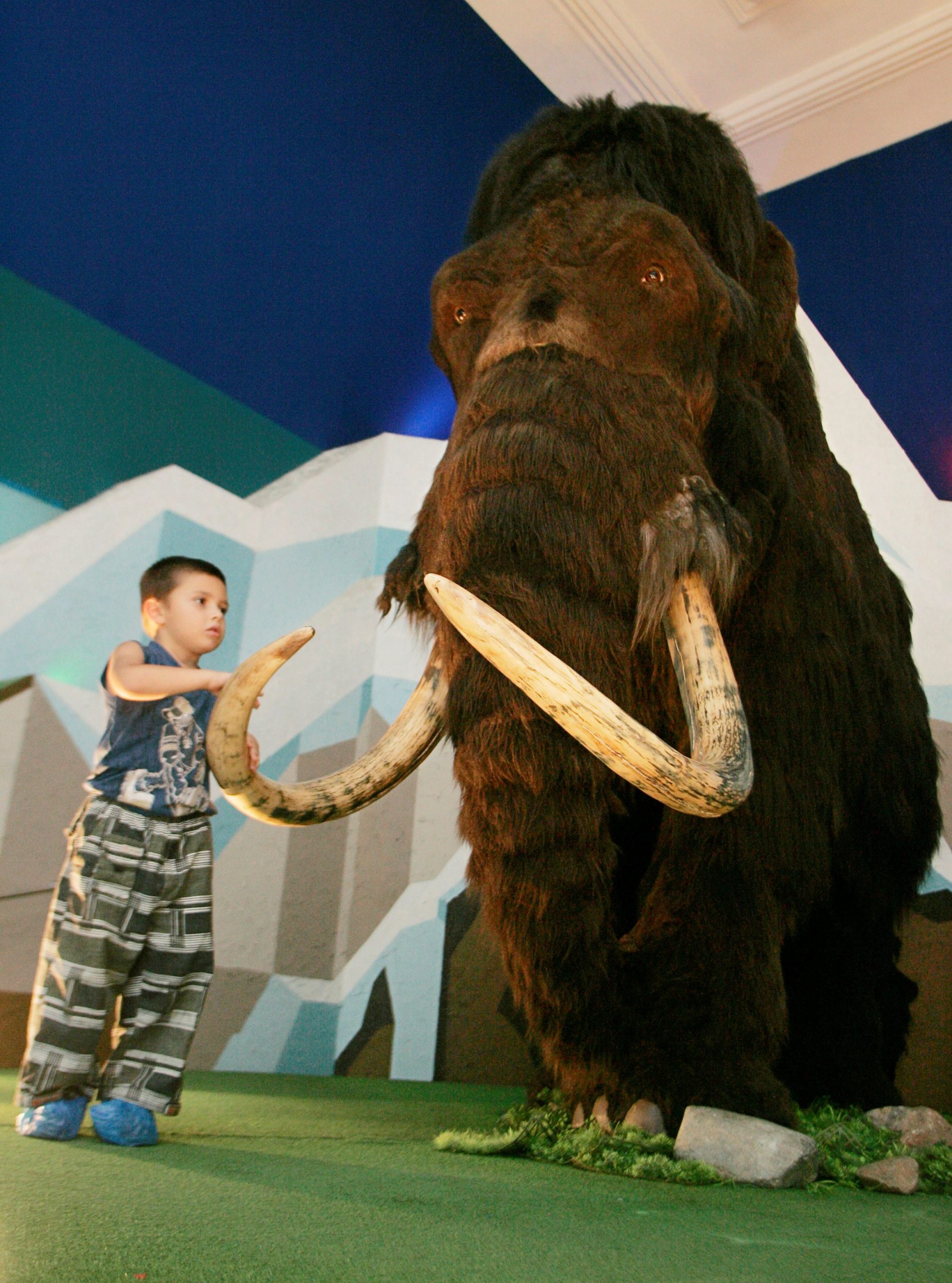Trapped on an Arctic island, the last woolly mammoths were plagued by genetic defects
"It should be a warning about the consequences of climate change."

WASHINGTON — The world’s last woolly mammoths, sequestered on an Arctic Ocean island outpost, suffered from serious genetic defects caused by generations of inbreeding that may have hampered traits such as sense of smell and male fertility in the doomed population.
Scientists said on Friday that the genome of one of the last mammoths from Wrangel Island off Siberia’s coast showed that the population was riddled with deleterious mutations. They resurrected genes from this mammoth in the laboratory to find clues about the demise of this illustrious Ice Age species.
Most woolly mammoths went extinct roughly 10,000 years ago amid a warming climate and widespread human hunting. But isolated populations survived for thousands of years after that on St. Paul Island in Bering Sea and Wrangel Island in the Arctic Ocean. The Wrangel Island population was the last, disappearing roughly 4,000 years ago.
The researchers compared the Wrangel Island mammoth’s DNA to that of two older mammoths as well three Asian elephants, a close relative. They pinpointed a collection of genetic mutations in the Wrangel Island mammoth and synthesized these genes in the laboratory to test their functionality.
They found problems with genes responsible for sperm production, smell, neurological development and a function involving the hormone insulin that is responsible for permitting glucose in the blood to enter cells to give them energy.
“We can activate those genes in the lab using cell culture and test whether they are functional or not. In this case not,” said evolutionary biologist Vincent Lynch of the University at Buffalo in New York, who led the study published in the journal Genome Biology and Evolution.
“Mutations happen all the time. But the population that lived on Wrangel was very small and inbred, which leads to an accumulation of mutations that are normally purged by evolution,” Lynch added.
The sperm production-related mutations may have reduced fertility in an already shrinking population. The olfactory mutations may have harmed the ability to forage and to even smell the flowers that made up an important part of their diet.
“Mammoths ate a lot of flowers,” Lynch said.
The woolly mammoth, about the size of today’s elephants but possessing long brown fur and immense tusks, first appeared about 700,000 years ago in Siberia, expanding through northern Eurasia and North America.
The Wrangel Island mammoth genome was previously mapped using well-preserved DNA from a 4,300-year-old molar. The new study built on previous research pointing to harmful mutations in the Wrangel Island mammoth.
With a population of just a few hundred, generations of mating between related individuals — inbreeding — triggered harmful mutations.
“It is indeed a sad thing,” Lynch said. “Mammoths were literally huge and globally distributed, and this massive range was reduced to a tiny island in the Arctic Ocean before their extinction. It should be a warning about the consequences of climate change.”


